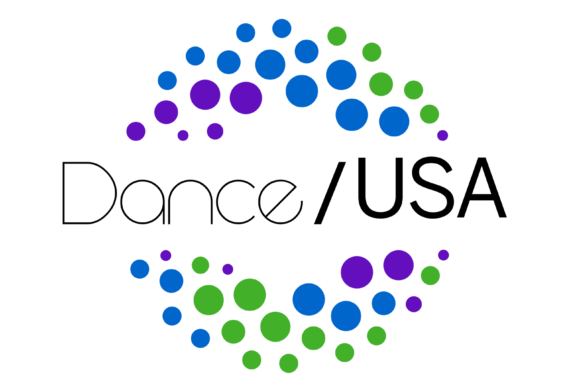Comprehensive Corporate Relations
There has been a fundamental shift in the way corporations interact with universities. Though developed in a university environment, the Network of Academic Corporate Relations Officer’s Five Essential Elements should be of strong interest to the arts and culture sector and can provide a valuable guide to improving the ways in which cultural institutions can offer better value to, and enhanced relationships with, corporate partners. Read on to further explore these mutually beneficial partnerships.
Residencies on the Rise
A professional life in the dance field is often a fragmented one. Few
choreographers have the luxury of working in the studio with a group of
full-time dancers. One powerful antidote to this fragmentation comes
in the form of artist residencies, which allow for time and space to develop choreographic projects. Read on for Ellen Chenoweth’s look at a few models that support artistic exploration through the artistic residency.
Raven Wilkinson: 2015 Dance/USA Trustee Awardee
Raven Wilkinson helped change the complexion of the classical ballet world. Notable as the first African-American ballet dancer in a major American ballet company, Dance/USA remembers her as a groundbreaker.
Letter to a Young Dancer
Choreographer and 2011 Dance/USA Honor recipient Lar Lubovitch recently composed this letter to an anonymous young dancer. It should be required reading for anyone who wishes to dance. Just as he choreographs, Lubovitch writes, too, with great humanity and understanding of an emotional inner life residing within each of us. Read on.
LEADERSHIP CORNER: Katherine Brown, Executive Director, New York City Ballet
With this interview, From the Green Room inaugurates a new series, the Leadership Corner, featuring one-on-one conversations with top leaders in the dance field. Katherine Brown is executive director of New York City Ballet,
and in that capacity oversees the management and administrative
functions of the ballet and the David H. Koch Theater and manages a
budget of approximately $77 million.
Company Spotlight: Winifred Haun & Dancers
The first in a series on Dance/USA’s From the Green Room focusing on member dance companies and their model programs. This month we look at Chicago’s Winifred Haun & Dancers, a small company that has evolved to make long-term, larger projects reflecting the choreographer’s artistic curiosity.
Dance and Computer Gaming
Dancer, choreographer, and assistant professor of computer game design at George Mason University Boris Willis explores the relationship between game design and modern dance choreography. Learn about how the principles that make good choreography are the same as those that make good video games. A game of PacMan will never be the same.
World Ballet Day and Sustainable Audiences:
October 1, 2014, was a big day for the dance field. Around the world,
five of the world’s best ballet companies joined together for a full day
of behind-the-scenes live streaming on YouTube featuring rehearsals,
interviews and company class. On the same day, the Wallace Foundation
announced a six-year, $40 million initiative to support building
audiences for sustainability. While I wondered if the planners of the
two events were each aware of the other, I also found myself staring at
the negative space between the two and wondering if anyone else noticed
the solution to be found within. Combine these two events with
Dance/USA’s recently announced “Call for Questions” for next year’s
conference and I figured it would be as good a time as any to posit a
few questions that I know are seldom asked (or answered properly) across
the arts community.
Everybody Knows This Is Now Here:
The Mountain Empire Performance Collective explores ways
of making work beyond geographic limitations. Utilizing both
traditional and contemporary methods of communication, including video chats, telephone calls, letter writing, emails, and
traditional methods of working together face to face, they make works that test the limits of communication and technology. Read Eliza Larson and Rachel Rugh in a collaborative piece that replicates in written form how they choreographically merge ideas and movements across the country. Technology, initially a
means to an end, has become an integral part of the choreography, both in
process and in performance. Read how they do it here.
Performing Tradition, part 2
The past decade has seen the emergence of interesting hybrids between
old and new technologies and aesthetics. An example is the
evolving phenomenon of house concerts — small, acoustic music
and dance performances held in private homes. The ambiance is
informal. Usually the audience is limited; anywhere from 10-20 people,
who contribute a comparatively small fee for the privilege of hearing
music up-close and personal. These events are rekindling what music must have been like when it was enjoyed socially in
people’s homes, and yet they thrive in the era of social media, and are
marketed via Facebook, and captured and shared using Instagram, Vine
and other media outlets.


